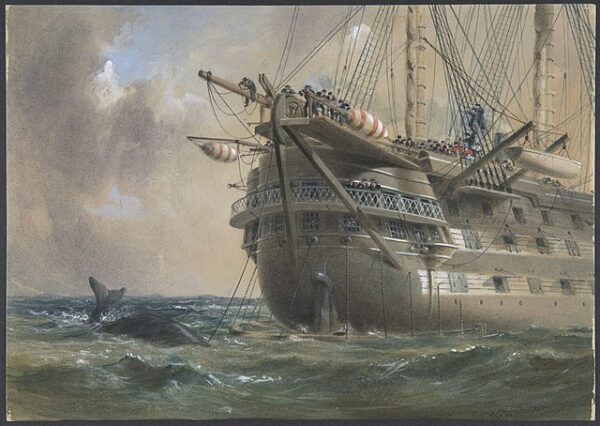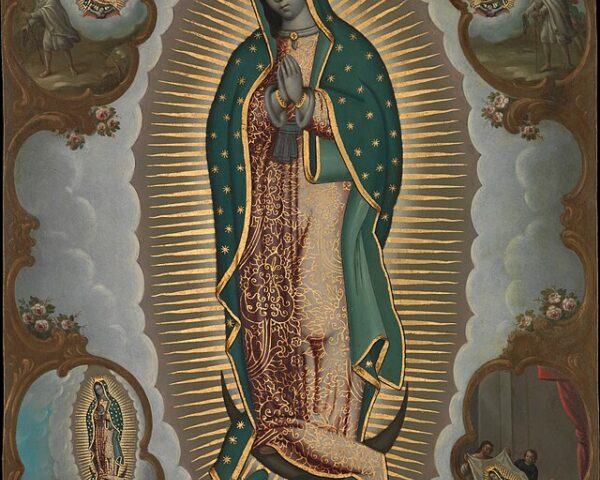On August 16, 1858, a monumental event in the history of communication took place when U.S. President James Buchanan and Queen Victoria of the United Kingdom exchanged greetings over the newly laid transatlantic telegraph cable. This achievement marked the first time that two continents were connected by an electrical communication line, signaling the dawn of a new era in international relations and technological advancement.
For centuries, communication between North America and Europe had been limited to letters carried by ship, a process that could take weeks or even months. The idea of a telegraph line spanning the Atlantic Ocean was first proposed in the early 19th century, but it wasn’t until the 1850s that the necessary technology and resources were available to make it a reality. The project was spearheaded by American entrepreneur Cyrus West Field, who envisioned a telegraph cable that could transmit messages instantaneously across the ocean. After years of planning and multiple failed attempts, the cable was successfully laid between Newfoundland, Canada, and Valentia Island, Ireland, in the summer of 1858. Stretching approximately 2,500 miles across the ocean floor, the cable’s installation required overcoming immense technical challenges, including issues related to insulation, durability, and the depths of the Atlantic.
The historic exchange of messages took place on August 16, 1858, when President James Buchanan sent the first official transatlantic telegraph message to Queen Victoria. His message was one of congratulations and friendship, reflecting the significance of this unprecedented achievement. Buchanan’s message read: “The President cordially reciprocates the congratulations of Her Majesty the Queen on the success of the great international enterprise accomplished by the skill, science, and indomitable energy of the two countries.” Queen Victoria responded with equal graciousness, highlighting the hope for future peace and cooperation between the United States and the United Kingdom. Her message read: “The Queen desires to congratulate the President upon the successful completion of this great international work, in which the Queen has taken the deepest interest.”
This exchange was not merely symbolic; it represented a growing connection between the Old World and the New World, suggesting the potential for enhanced diplomatic and economic relations and the promise of faster, more efficient communication. Although the initial transatlantic cable ceased functioning just a few weeks after the exchange due to technological limitations, the endeavor laid the foundation for future advancements. By 1866, a more durable and reliable transatlantic cable was successfully laid, ensuring continuous communication between the continents.
The successful exchange of messages between Buchanan and Victoria remains a milestone in global communication history. It demonstrated the possibilities of telegraphic technology and laid the groundwork for the modern global communication networks that connect the world today. Beyond the technological achievement, the event symbolized a moment of cooperation between two powerful nations, fostering a sense of interconnectedness and collaboration that would grow stronger in the years to come. The inauguration of the transatlantic telegraph cable was a turning point in how the world communicated, shrinking vast distances and bringing people closer together across the globe.






